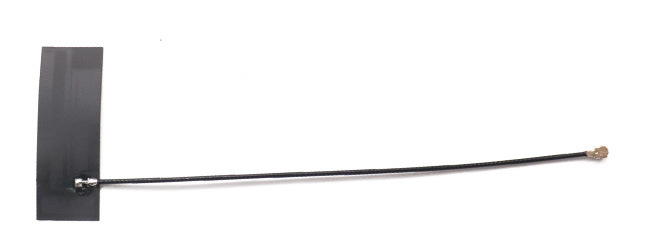PCB antenna design
Introduction
Printed circuit board (PCB) antennas are used in many radio frequency (RF) applications, such as wireless communication systems, radio frequency identification (RFID) systems, and various other applications. These antennas are designed to have certain impedance characteristics and gain, depending on the application requirements. PCB antennas can have various geometries, such as planar monopole antennas, patch antennas, and slot antennas. In this paper, we will discuss the design considerations and techniques for designing PCB antennas.

Antenna Geometry
The choice of antenna geometry depends on the application requirements. Planar monopole, patch, and slot antennas are commonly used in PCB designs. Planar monopole antennas are simple to fabricate and can be designed to provide a wideband frequency response. Patch antennas are widely used in wireless communication systems because they have a moderate gain and can be easily integrated into electronic devices. Slot antennas are used in RFID systems.
Design Considerations
The design of a PCB antenna involves various trade-offs, such as antenna impedance, bandwidth, efficiency, and polarization. The impedance of the antenna should match the impedance of the circuitry to which it is connected. Antenna bandwidth is determined by the resonance frequency and the antenna geometry. It is important to achieve a wide bandwidth to accommodate the frequency range of the desired application. Antenna efficiency is an important factor that describes the power radiated by the antenna relative to the power delivered to the antenna. Polarization refers to the orientation of the electric field in space, which can be either linear or circular.
Design Techniques
The design of a PCB antenna involves several steps, including antenna geometry selection, antenna feed network design, and optimization. Antenna feed network design involves selecting the appropriate transmission line and impedance matching network to match the antenna impedance to the source impedance. The optimization process involves adjusting the antenna dimensions and impedance matching circuit to achieve the desired performance characteristics. Electromagnetic simulation software is used to simulate the antenna's performance.
Conclusion
In conclusion, the design of PCB antennas is critical to the performance of RF systems. The selection of antenna geometry, impedance matching network, and optimization process must be carefully considered to achieve the desired performance characteristics. PCB antennas are widely used in various applications and are an important component of modern electronics. Ongoing research into new antenna geometries and optimization techniques will continue to improve the performance of PCB antennas.





